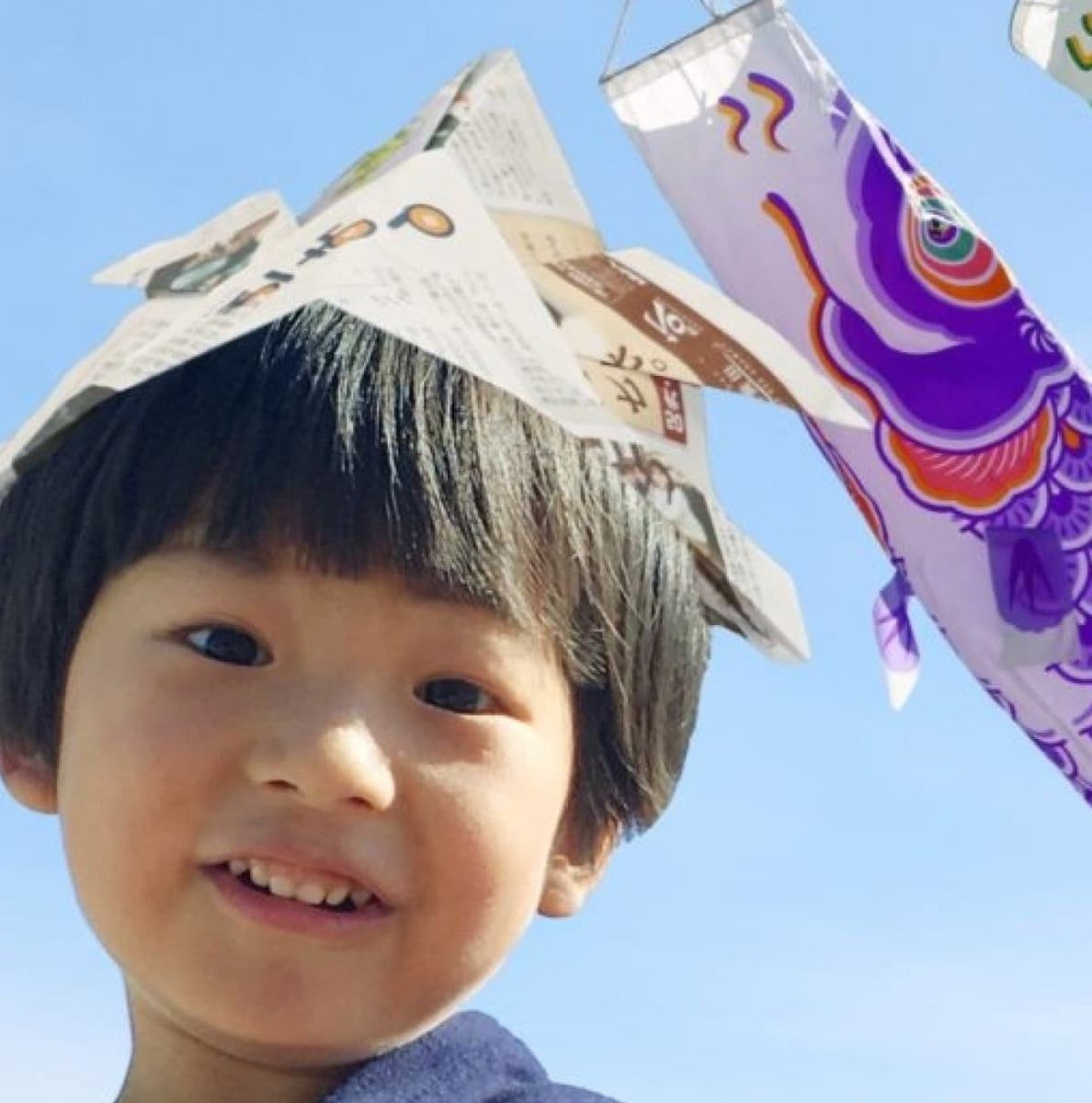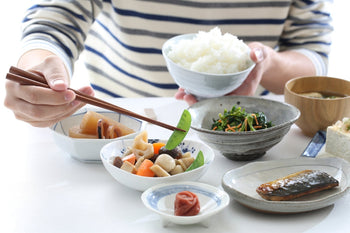

Understanding Golden Week in Japan
Golden Week is one of the most anticipated times of the year in Japan. It’s a collection of national holidays from late April to early May, creating a much-coveted break for workers and students alike. During this time, the country is a flurry of activity and festivity, with residents and tourists engaging in various cultural traditions. The period is often marked by vibrant flower viewing, particularly of cherry blossoms and other spring blooms, which hold a significant place in Japanese culture.
The significance of Golden Week extends beyond mere holidays; it represents a unique opportunity to immerse oneself in the heart of Japanese traditions. For those interested in Japanese culture, food, and travel, understanding Golden Week offers a window into the customs and celebrations that define this period.
In this post, we’ll explore everything from the holidays that make up Golden Week to the traditional sweets and decorations associated with Children’s Day, one of its prominent celebrations. Whether you're a Japan enthusiast or planning your next visit, this guide will enrich your understanding and appreciation of this joyful season.
A Deep Dive into the Holidays of Golden Week
Golden Week comprises several national holidays, each with its own historical and cultural significance. It kicks off with Showa Day on April 29, honoring Emperor Showa and reflecting on his era. Following this, Constitution Memorial Day on May 3 celebrates the promulgation of the post-war constitution. Greenery Day on May 4 encourages appreciation for nature, while Children's Day on May 5 concludes the festivities, dedicated to celebrating the happiness and prosperity of children.
These holidays provide a unique opportunity for locals and visitors to engage in traditional activities and ceremonies. Whether it's visiting historical sites, participating in local festivals, or simply enjoying the vibrant spring atmosphere, Golden Week is a time of reflection, celebration, and community bonding in Japan.
For travelers, experiencing Golden Week offers a chance to witness Japan's rich tapestry of history and modernity. From the bustling city centers to tranquil countryside landscapes, each day presents a new facet of Japanese culture waiting to be discovered.
The Magic of Flower Viewing
One of the quintessential activities during Golden Week is flower viewing, or hanami. This practice involves gathering with family and friends under blooming trees, most commonly cherry blossoms, to enjoy picnics and celebrate the beauty of spring. Parks all over Japan become vibrant hubs of activity, filled with laughter, music, and the delicate scent of flowers.
Flower viewing is more than just a visual delight; it’s a deeply ingrained cultural tradition symbolizing the transient nature of life. The fleeting bloom of cherry blossoms reminds observers of the beauty and ephemerality of existence—a theme prevalent in Japanese art and philosophy.
For those visiting Japan, participating in hanami during Golden Week is a must. It offers a unique chance to connect with the local community, enjoy seasonal foods, and experience the serene beauty of Japan’s landscapes in full bloom.
Celebrating Children's Day
Children's Day, or Kodomo no Hi, is a highlight of Golden Week dedicated to honoring the growth and future success of children, particularly boys. This holiday is steeped in vibrant traditions and symbols, such as koinobori (carp streamers) and kabuto (samurai helmets), which are displayed to express celebratory wishes.
The carp, known for its strength and perseverance as it swims upstream, symbolizes the hopes for children's strength and determination in life. Families hang colorful koinobori outside their homes, creating a picturesque scene against the sky. The samurai helmets, or kabuto, represent courage and protection, further emphasizing the values instilled in children through this celebration.
For visitors, witnessing the display of koinobori and kabuto provides a fascinating insight into Japanese values and family life. It's a chance to appreciate the symbolism and artistry involved in these traditions, adding depth to the Golden Week experience.
The Significance of Koinobori in the Eastern Region
In the eastern regions of Japan, koinobori displays are particularly grand and culturally rich. The sight of these vibrant carp streamers swaying in the breeze is both captivating and meaningful, representing the hopes and aspirations parents have for their children's futures.
Communities often come together to create large displays, with events and festivals centered around these stunning pieces of folk art. Visitors and locals alike can enjoy parades, cultural performances, and hands-on workshops where they can create their own koinobori to take a piece of Japan home with them.
For those traveling to Japan during Golden Week, visiting the eastern region to see the koinobori in action is highly recommended. It’s an experience that encompasses the spirit of unity and tradition, offering a glimpse into the heart of Japanese cultural expression.
Exploring the Kabuto Tradition
The kabuto, or samurai helmet, is another important symbol during Children's Day. Traditionally, these helmets were worn by samurai warriors as a sign of strength and protection. Today, they serve as a reminder of the values of courage and resilience that parents hope to bestow upon their children.
While koinobori are often displayed outside, kabuto are usually placed inside homes as part of an elaborate display that may include other traditional items such as swords and miniature samurai dolls. These displays are not only a reflection of historical customs but also a testament to the artistry and craftsmanship that is integral to Japanese culture.
Visitors have the opportunity to view these displays in cultural museums and historical sites, gaining insight into the significance of samurai heritage in Japan’s history. Understanding the kabuto tradition adds another layer to the appreciation of Golden Week, making it a rewarding experience for anyone interested in Japanese culture.
Savoring Traditional Sweets and Meals
A significant aspect of celebrating Children's Day is indulging in traditional sweets and meals. Two popular delicacies enjoyed during this time are Kashiwa-mochi and Chimaki. These treats are not only delicious but also carry symbolic meanings related to the holiday.
Kashiwa-mochi, a rice cake filled with sweet red bean paste and wrapped in oak leaves, symbolizes growth and prosperity. The oak leaf is particularly important as it does not fall until a new leaf grows, representing the continuation of the family line.
Chimaki, a type of rice dumpling wrapped in bamboo leaves, is also consumed during this period. Its origins trace back to ancient China and it is believed to ward off evil spirits, further emphasizing the themes of protection and well-being associated with Children's Day.
Sampling these sweets provides a sensory connection to Japanese traditions, offering a taste of the cultural richness that Golden Week embodies. For food enthusiasts, exploring the flavors of Kashiwa-mochi and Chimaki is a delightful way to engage with Japan's culinary heritage.
Plan Your Visit During Golden Week
For those planning a trip to Japan, timing your visit during Golden Week offers a unique opportunity to immerse yourself in the country's cultural festivities. However, it's essential to plan ahead, as this period is one of the busiest travel times in Japan.
Accommodations and transportation should be booked well in advance to ensure a smooth experience. Additionally, consider exploring less crowded areas to fully enjoy the serenity and beauty of Japan’s natural landscapes during this time.
Whether you're there for the flower viewing, cultural displays, or traditional foods, Golden Week provides an unforgettable adventure, rich with experiences that showcase the heart and soul of Japanese traditions.
Engage with the Local Community
Golden Week isn't just about observing traditions—it's also about participating and connecting with the local community. Many cities and towns host events, parades, and workshops that welcome both locals and tourists to join in the celebrations.
Engaging with the community offers a deeper understanding of Japanese culture and the opportunity to form meaningful connections. Whether it's attending a local festival, joining a hanami picnic, or simply conversing with residents, these interactions enhance the overall travel experience.
For those passionate about Japanese culture, Golden Week is an ideal time to forge connections and create lasting memories that go beyond sightseeing, providing a richer and more authentic travel experience.
Understanding the Cultural Impact of Golden Week
Golden Week is more than just a series of holidays; it's a reflection of Japan's cultural values and traditions. The celebrations emphasize themes of growth, resilience, and community, resonating deeply with the Japanese way of life.
The cultural impact of Golden Week extends to various aspects of society, from family dynamics to economic activities. Businesses often see a surge in domestic tourism and spending, while families use the time to bond and celebrate shared values.
For cultural enthusiasts, understanding these broader impacts provides valuable insights into how Japan balances modernity and tradition. Golden Week serves as a reminder of the enduring importance of cultural heritage in shaping Japan’s identity.
The Future of Golden Week Celebrations
As Japan embraces technological advancements and global influences, Golden Week continues to evolve while maintaining its traditional roots. Increased accessibility and awareness have allowed more people to participate in the celebrations, enriching the cultural tapestry of this period.
Looking ahead, Golden Week is likely to incorporate innovative elements, such as digital experiences and sustainable practices, reflecting the dynamic nature of Japanese culture. However, the core values of honor, growth, and community will remain central to its observance.
For those keen on exploring Japanese culture, Golden Week offers a fascinating glimpse into the country’s ability to honor its past while adapting to the future. It’s a celebration that invites all to partake in its rich traditions and joyous festivities.
Conclusion
Golden Week in Japan is a vibrant celebration that encapsulates the essence of Japanese culture, from its historical traditions to its modern-day festivities. For Japan lovers, understanding and participating in Golden Week offers a fulfilling experience that deepens their appreciation for the country’s rich heritage.
Whether you're drawn to the breathtaking flower viewings, the meaningful celebrations of Children's Day, or the mouthwatering traditional foods, Golden Week holds something special for everyone. By immersing yourself in these traditions, you'll gain insights into Japan's cultural values and forge connections that go beyond borders.
To explore more about Japan's cultural festivities and plan your visit during Golden Week, consider reaching out to travel experts and community platforms that specialize in Japanese culture. Engaging with these resources ensures a memorable and enriching experience that captures the heart of Japan.



